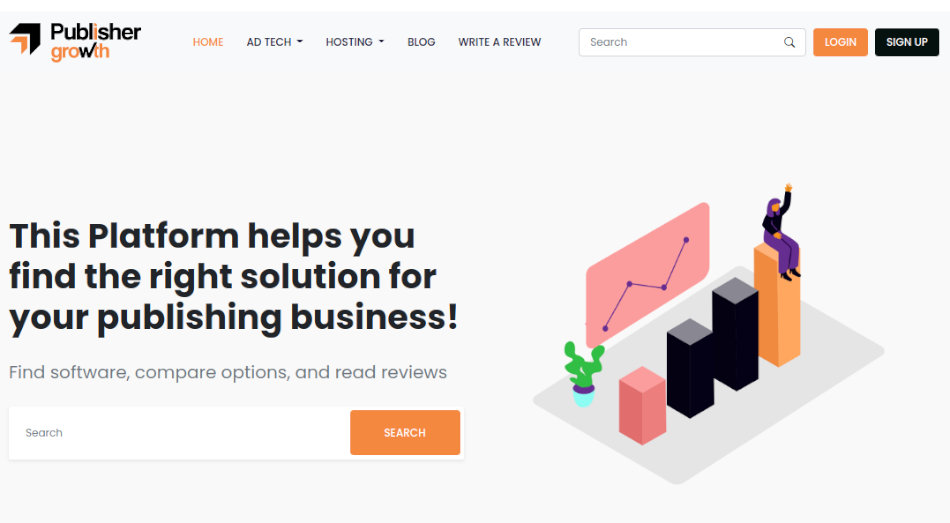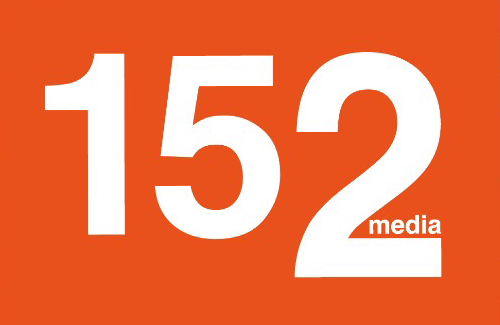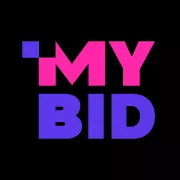Ways to Get More Sponsored Posts for your Blog
-
 By Editorial Staff
By Editorial Staff
-
19 January 23
Summary
If you're like me, you probably want more sponsored posts for your blog. The truth is that there are many ways to do this, and it can be challenging to find them. However, some simple steps can help ensure your content gets shared across social media channels and reaches new audiences.
Makeup to 30% of Your Ad Revenue with Sponsored Posts:
Sponsored posts are a great way to make money. They can be used to build an audience and are a great way to get exposure for your brand.
If you have a blog, you will likely have some sponsored content on your site right now. If not, it may be worth checking out how many of the top blogs in the industry are getting sponsored posts from companies like Adobe, Microsoft, and Under Armour. The best part about these posts is that they pay well!
An excellent way to ensure this happens is by creating an ad campaign around specific keywords or related topics directly back at them (ease into it). You want these ads running as much as possible throughout their website experience so people start seeing them everywhere possible, which will increase click-through rates (CTR).
10 Ways to Get More Sponsored Posts for your Blog: A Guide
This platform offers publishers the opportunity to create sponsored posts without having anything directly paid out from those brands themselves;
1. Create Listicles
If you want to create more sponsored posts for your blog, then creating lists of topics is a great way to do it. If you have a list of issues you can write about and they're all valuable to your audience, then it will be easier for people interested in these topics to find them on the internet.
It's also good practice not only to make sure that each one of those categories has value but also unique content within them. Don't just create the top 10 things in your industry; instead, create something different from what everyone else is doing, or even better yet, refrain from repeating any other person's ideas! You should always try something new while writing original content because this shows potential readers how much thought went into writing something new rather than just regurgitating everything else already (and getting paid less).
2. Mention Brands
One of the best ways to get sponsored posts is to mention brands on your blog. You can do this in two ways: by saying the brand in your blog post or comments section or on social media (Facebook, Twitter).
Mentioning a brand will help you get more opportunities for sponsored posts because it shows that you're interested in working with them and that they have an audience who would be receptive to their products and services. If someone sees one of these mentions on their feed, they may be more likely to follow up with you about working together!
3. Signup with PublisherGrowth:

They offer a free trial to get started and will provide you with the tools and resources needed to promote your blog posts on social media. They also have an easy-to-use dashboard that allows you to import all of your blog posts into their system, making it super easy for them to find content relevant to each of their customers' needs. If you haven't already, sign up today!
- Get a free account
- Signup with PublisherGrowth.
4. Create an Outreach Strategy:
- Know your audience. Knowing your audience before trying to get sponsored content for your blog is essential. If you're writing about a niche, ensure that the people most interested in your writing can find it easily on Google and other search engines.
- Ask for feedback from people in the same field and outside of it.* Use an outreach strategy tool like BuzzSumo (or another tool) where possible. This will help ensure that all potential sponsors get contacted by those who might benefit from their services--and if there aren't any prospects yet, at least these tools provide some insight into how much traffic different platforms generate per day or week so they can compare apples-to-apples when making decisions about which sites should receive their attention first.* Organize everything into spreadsheets! You could even use something like Trello if that's more convenient for organizing data across multiple devices/websites
5. Be Niche Specific:
Niche-specific content is more likely to be shared, featured in social media and paid media, and at the top of organic search results.
Now, before you start thinking that niche-specific posts are just a bunch of B-list bloggers trying to get their name out there by writing about things they know nothing about (and we've all been guilty of this), here's why it works so well:
Niche-specific content is more likely to be shared because it's useful for people interested in that niche topic. It also makes sense from a business perspective: if someone shares your post with their friends on Facebook or Twitter, chances are good that they'll buy something from one of your affiliate links!
6. Get your Mediakit Ready:
A media kit contains information that includes images and videos, relevant content, and contact details. It's used to promote your blog or website online and can be used in conjunction with social media accounts.
The most successful bloggers know how important it is to have a proper media kit associated with their blogs and websites to get more exposure by connecting their readers with others who may share similar interests.
Here are some tips:
- Include all relevant information about yourself (e.g., name, location), what you write about (e.g., topics covered), how often you post on social media sites like Facebook or Twitter, etc. how many followers each platform has, etc.; also include links where people can find these details quickly if needed – like on websites where users need extra help finding out about an author/blogger/journalist, etc.
The media kit should be professional and easy to read. Make sure you include a photo of yourself (or, even better, several different ones) so that people can recognize you at conferences, etc.
7. Signup with Influencer Marketing Platforms:
Influencer marketing platforms are a great way to find influencers interested in working with you. You can use them to connect with bloggers, vloggers, and other social media influencers in your niche.
It would be best if you looked at the following when choosing an influencer marketing platform:
- Size of the audience they have
- How many followers do they have on their account/social media profile (or website) as opposed to how many views/followers their content gets on YouTube or Instagram?
- The type of content these people create (videos vs. photos)
8. Do a Press Release:
The first step to getting your content promoted by a company is to do a press release. You can create a press release and send it to media outlets, which will then help you get more exposure for your blog.
To ensure you have a good story, think about what would make someone want to read an article about you or your business. What's the main idea of the article? Is there an ongoing storyline (for example, if someone has been struggling with acne and uses products from a particular brand) that could be spun into something positive? What keywords might interest potential readers?
The headline is critical in getting attention for any marketing campaign because it sets up expectations for how people should interpret all aspects of what follows—and if those expectations aren't met by their first glance at this piece of content online, then chances are they won't bother reading any further unless something grabs their eye during their initial read through (which can happen even if nothing else stands out).
9. Create a Sponsored Post Page:
A sponsored post is an advertisement, usually for products or services. The most common way for bloggers to get sponsored posts is through their email list and by offering a discount on the product.
In addition to searching for sponsorships on Google Adsense, another option is creating your page where you can directly advertise products/services in exchange for free advertising (or even money). This can be done in either Blogger or WordPress, so let's walk through both options below:
10. Connect with SEO and Link Building Agencies:
Connecting with SEO and link-building agencies is one way to get more sponsored posts for your blog. These companies will help you build links from other websites, increasing your blog's traffic.
You can find these services on Linkedin or Google.
If you're just getting started, don't worry! It takes time to build up a following and get the word out. Just start with one of the above tips and see how it goes. If it doesn't work, keep at it until you find something that does!
You might not see immediate results immediately but remember: these strategies are all tested strategies that have worked for other bloggers in your niche. So try new things—and if they don't work right off the bat (or ever), ask for help from experts who can quickly get your sponsored post rolling again!
The key takeaway is that you must start promoting your blog content. If you don't do anything, your audience will continue looking elsewhere for their information on social media platforms like Facebook or Twitter. So get started today with at least one sponsored post per month!
| Recommended Software | Category | Why Choose? | Signup URL |
|---|---|---|---|
| Setupad | Website Monetization | High CPMs, On time payments | Signup here |
| Adsterra | Website Monetization | AdSense alternative, niche CPMs | Signup here |
| Beehiiv | Email Monetization | Additional revenue, High CPMs | Signup here |
| Semrush | SEO | High impact on SEO and traffic | Signup here |
| Frase.io | AI SEO | Affordable, Boosts SEO traffic | Signup here |
| WP Rocket | Speed Optimization | Affordable, Boosts Pagespeed | Signup here |
Blog FAQs

Editorial Staff at Publisher Growth is a team of blogging and AdTech experts adept at creating how-to, tutorials, listings, and reviews that can publishers run their online businesses in a better way.
View All PostsOur Editors’ Pick:
Browse these amazing publisher monetization tools handpicked by our team of editors























 (1).webp)


